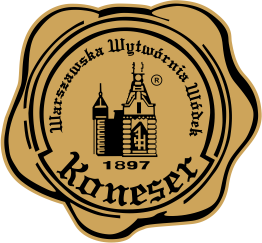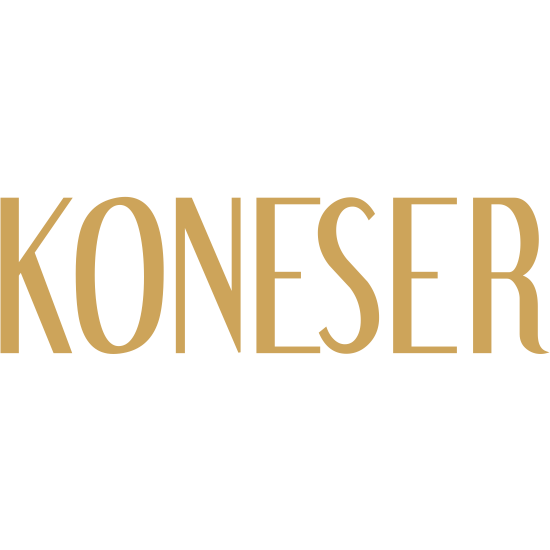In Poland, the toast became an inseparable element of Old Polish feasts only in the 15th century. Magnates or nobles drank liquors for some intention, either from the same cup passed from hand to hand or from separate ones at the same time. It was customary that after a toast to the king or the prosperity of the homeland, the cup was tipped so that the alcohol would pour into the dish of the dinner partner – not, however, for fear of poisoning, but from the desire to unite with good intentions. The well-known custom of clinking glasses comes from France, where it is also alive to this day. In the sphere of the art of toasting, there are slightly different rules and traditions in different countries. In Italy, a toast is raising a glass to someone’s health while standing, with a very delicate and quiet clinking of glasses or just raising the hand with the dish up. In China, toasts are accompanied by very long speeches. There is only one rule – when raising a glass, you can’t raise it higher than the oldest drinker, so as not to show her disrespect! Hungarians raise toasts like Poles, but you can’t clink mugs or goblets with them. In Israel, toasts, which are usually small literary works, are raised only on the occasion of major holidays. The Danes have a habit of always looking the toaster straight in the eye. Each country has a slightly different toast savoir vivre, but toasts are raised almost everywhere in the world. The art of making occasional toasts is quite a challenge for anyone who wants to shine in the company. It’s not enough just to raise a glass and say a few kind words. You also need to be able to amuse guests, surprise with originality or move them. And preferably all at once. Here are some tips on how to do that.































